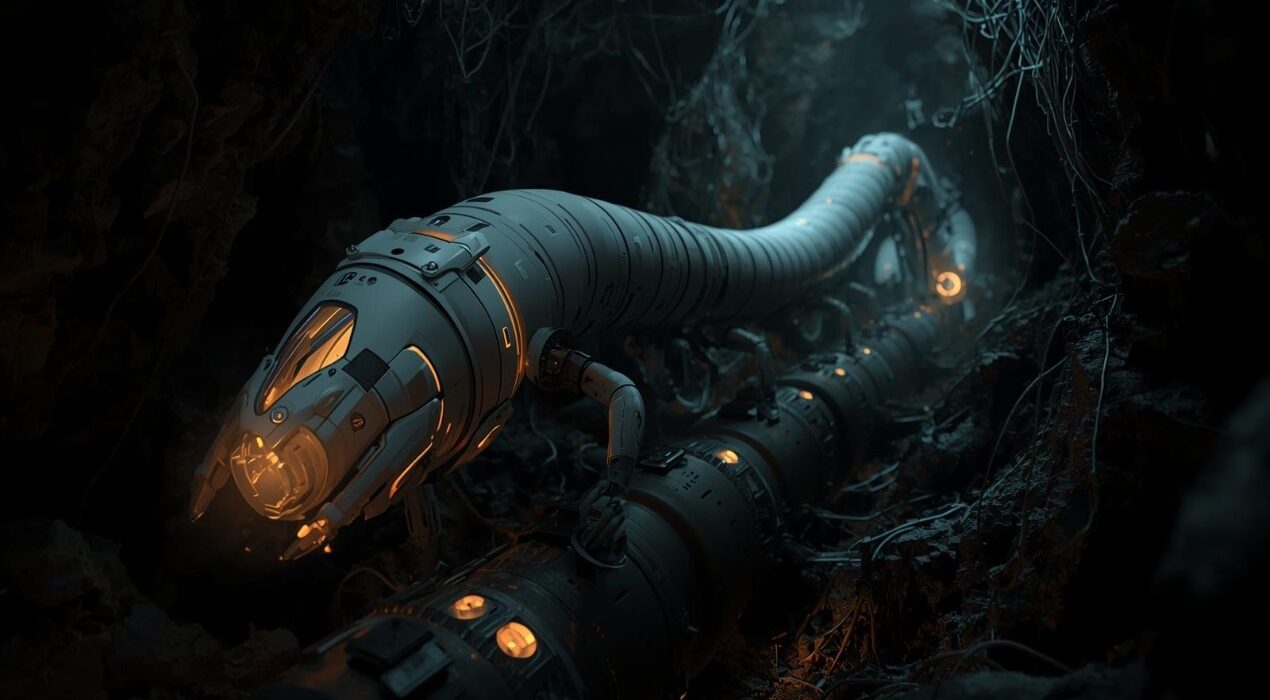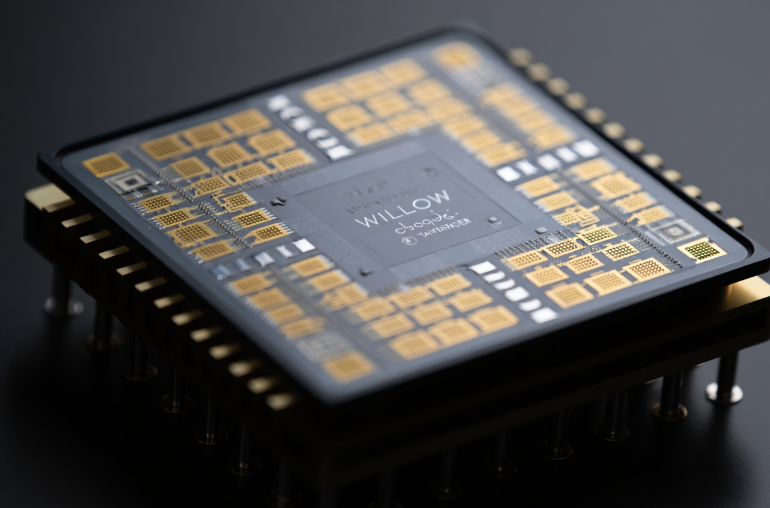Beneath the busy streets of Seoul, a new kind of robot is quietly transforming how cities manage their underground infrastructure. Developed by engineers at the Korea Advanced Institute of Science and Technology (KAIST), the machine takes inspiration from the fluid movement of an eel to tackle one of the toughest urban challenges: pipeline maintenance.
Unlike traditional repair methods that often require digging up roads and disrupting traffic for weeks, this bio-inspired robot can move through existing pipes with ease. Its flexible body, built with soft actuators that mimic muscle contractions, allows it to slither through both pressurized and gravity-fed systems, navigating bends and tight spaces that conventional tools cannot reach.
The robot is equipped with a durable exoskin that resists dirt and moisture. Embedded within the skin are chemical sealants and micro-valves that enable the robot to respond immediately when damage is detected. Using onboard sensors, it can identify corrosion, leaks, or weak joints and instantly deploy a fast-curing polymer resin that seals cracks and reinforces vulnerable spots from the inside.
Beyond repairs, the robot also creates detailed 3D maps of pipeline networks, offering city planners valuable insights for long-term infrastructure upgrades.
According to early trials, the device completes repair tasks up to 90% faster and at significantly lower cost compared to conventional excavation methods. With thousands of kilometers of aging water and sewage systems beneath South Korea’s urban centers, the rollout of these robots marks a major step toward sustainable infrastructure management.
What once meant weeks of road closures and expensive construction now takes only hours, thanks to an eel-like machine that proves how nature can inspire smarter, more efficient cities.
Eel-Inspired Robot Transforms Pipeline Maintenance in South Korea






